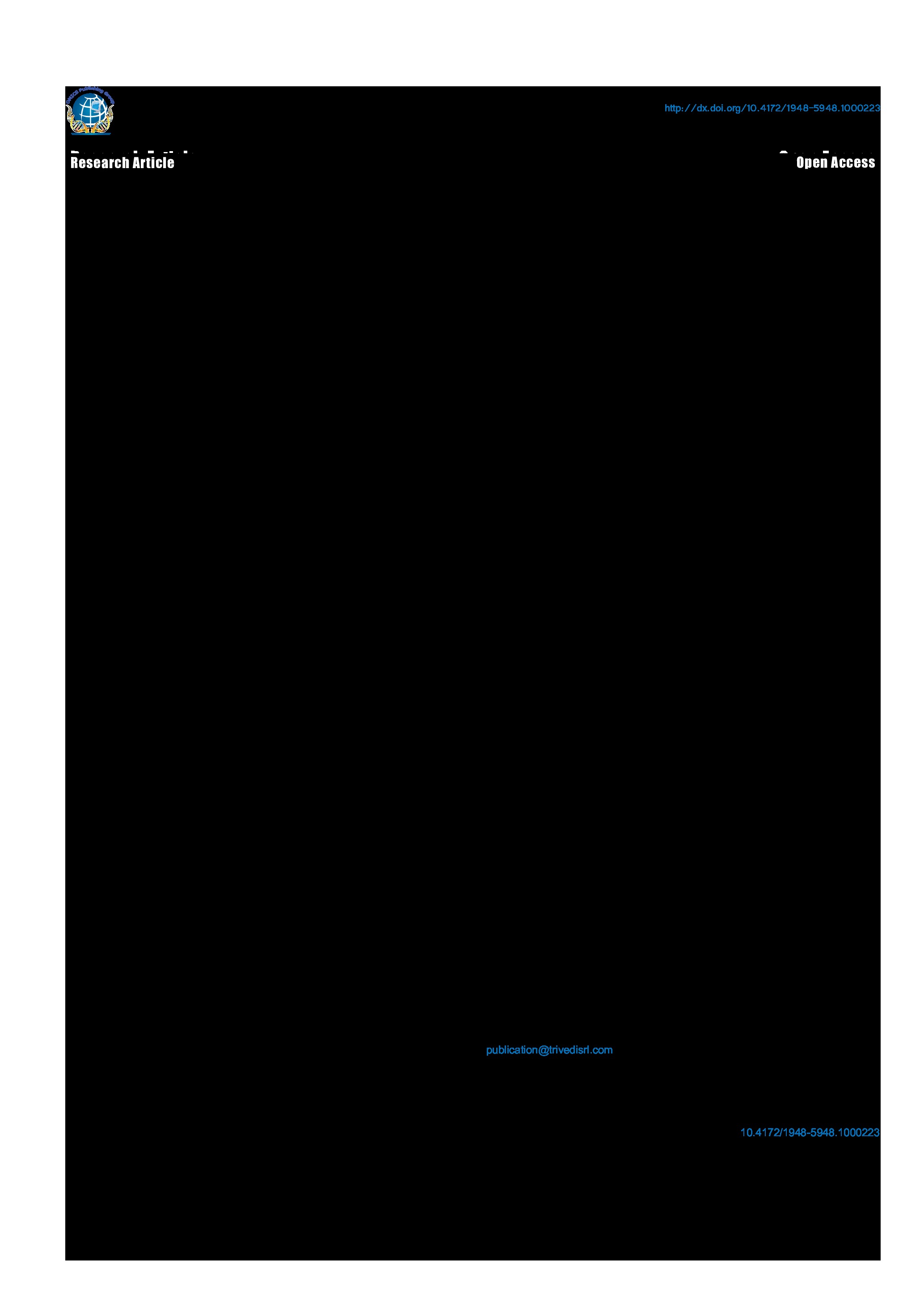Effect of Biofield Energy Treatment on Streptococcus group B: A Postpartum Pathogen
Affiliation
Trivedi Global Inc.; Trivedi Science Research Laboratory Pvt. Ltd.
Main category
Natural Sciences (Biology)
Abstract
Streptococcus agalactiae group B (S. agalactiae gr. B) is widespread in nature mainly causes bacterial septicemia and neonatal meningitis. The current study was attempted to investigate the effect of biofield treatment on S. agalactiae gr. B with respect of antimicrobial sensitivity, biochemical reactions and bio typing. S. agalactiae gr. B strain was used in this experiment bearing the American Type Culture Collection (ATCC 12386) number and stored according to the recommended storage protocol. The revived and lyophilized state of ATCC strains of S. agalactiae gr. B were selected for the study. Gr. I was considered as control. Both revived (Group; Gr. II) and lyophilized (Gr. III) strains of S. agalactiae gr. B were subjected to Mr. Trivedi’s biofield treatment. Gr. II was assessed on day 5 and day 10 while Gr. III on day 10 with respect to the control (Gr. I) using MicroScan Walk-Away® system. Although biofield treatment did not show any change with respect to susceptibility pattern. However the minimum inhibitory concentration of S. agalactiae gr. B showed significant (70.37%) alteration, out of twenty-seven tested antimicrobials, among which in Gr. II i.e. 62.96% on day 5 and 66.67% on day 10 while no alteration was found in lyophilized group (Gr. III) as compared to the control. Moreover, the improvement of MIC value of norfloxacin was observed by two-fold (8 to ≤4 μg/mL) in Gr. II on day 10 after biofield energy treatment as compared to the control. It was observed that overall 48.28% biochemical reactions, out of twenty-nine were altered in Gr. II with respect to the control. Moreover, biotype numbers were changed in Gr. II on day 5 (777777615) and on day 10 (757677405) as compared to the control (237147047). The results suggest that biofield treatment has significant impact on S. agalactiae gr. B in revived treated cells (Gr. II) with respect to MIC values, biochemical reactions pattern and biotype number.
DOI
10.18147/smn.2017/paper:679
Do you have problems viewing the pdf-file? Download paper
here
If the paper contains inappropriate content, please
report the paper. You will be redirected to the landing page.
